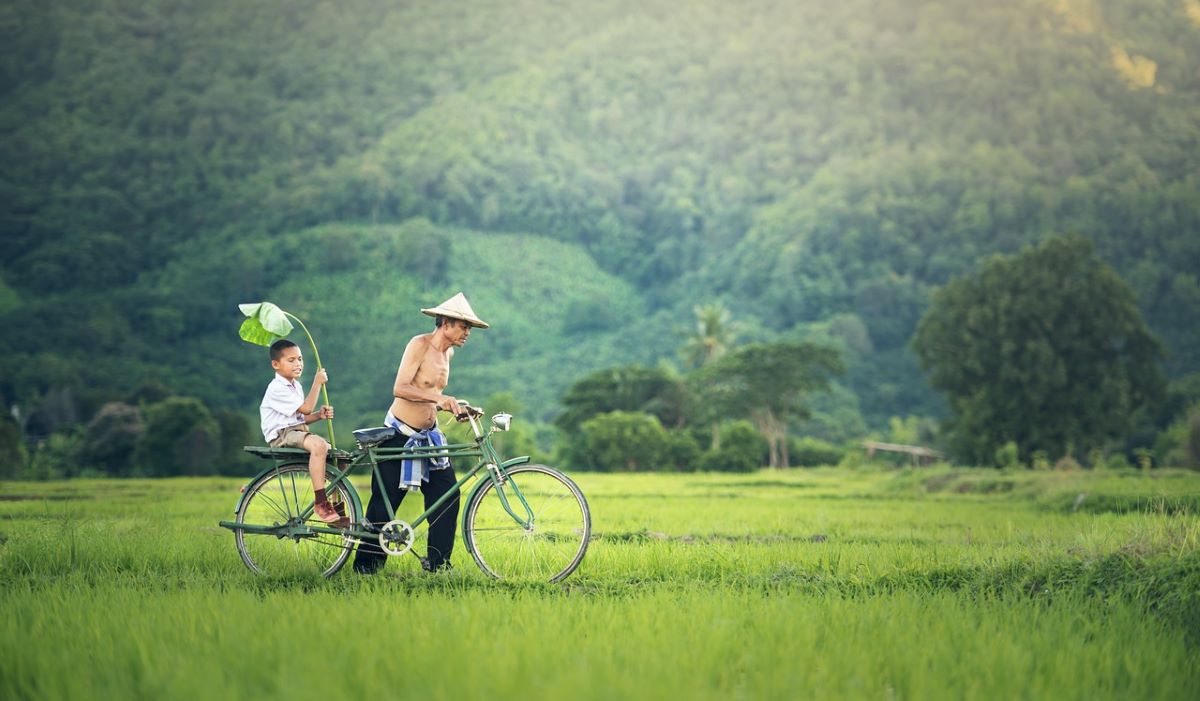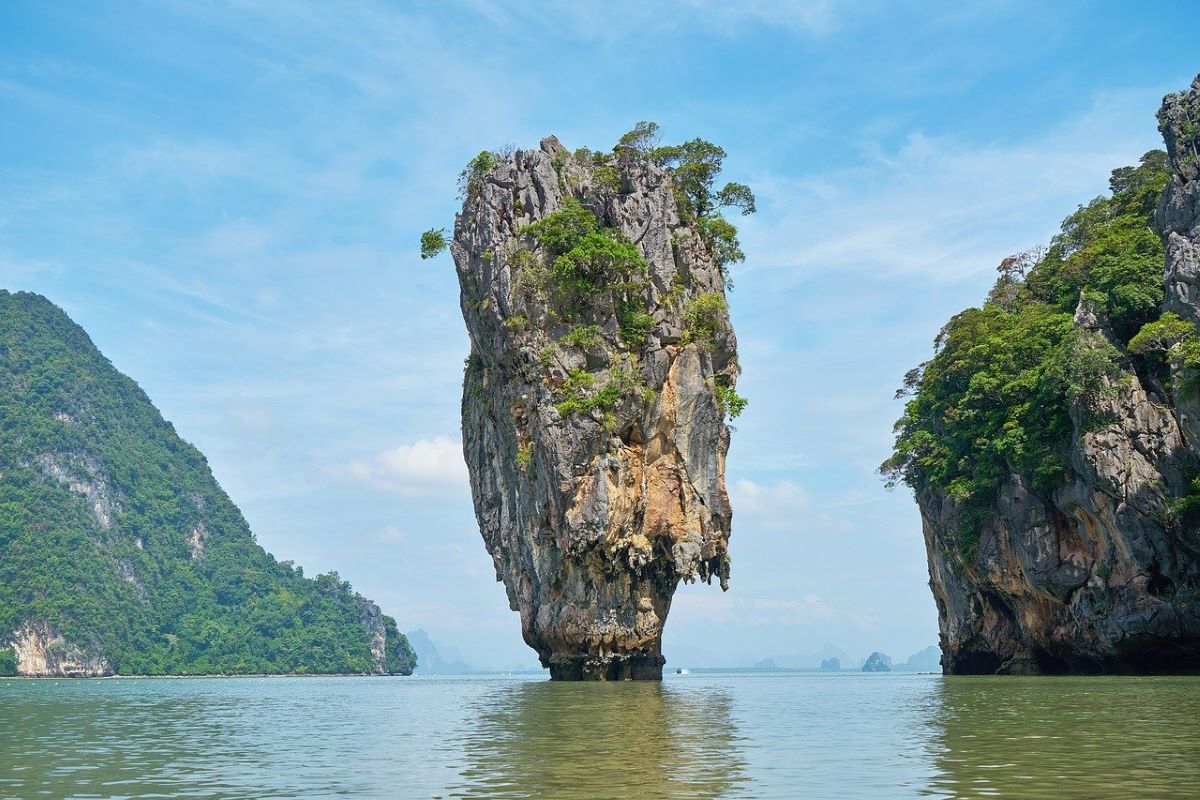
Image | Pixabay
Thailand is one of the preferred destinations for travelers when planning a Southeast Asian vacation. It is considered the ideal gateway to discover the continent: there are cheap flights from Europe, its territory is easy to navigate and is full of things to see and do without experiencing great cultural shocks. Thailand has it all: ancient ruins, golden palaces and temples, delicious cuisine, floating cities and absolutely spectacular beaches.
Now, all travelers who set their eyes here are struck by the same question, when to travel to Thailand? Is it better to travel in the rainy season or in the dry season? We solve your doubts, below.
Located in the Andaman Sea and in the Gulf of Thailand, the monsoon winds have an impact on the tropical climate, thus dividing the territory into two climatic zones, north and south, It is quite appropriate in determining when to travel to Thailand based on our plans during the holidays. Keep in mind that the weather is totally unpredictable, so this data should be taken as something only informative.

Image | Pixabay
When to travel to Thailand
Northern Thailand
Myanmar, Laos, Cambodia and Vietnam are the states that surround northern Thailand and where there is no access to the sea, so the most popular destinations that attract hundreds of tourists are Chiang Mai and Chiang Rai.
The best time to visit northern Thailand is from October to February, as the months are cooler with temperatures of 33 ° C thanks to the northwest monsoon. The best months are November and December, especially. July to September is when the rainy season occurs in northern Thailand. In case your trip coincides with this period, the most advisable thing is not to obsess over the rain because it does not mean that it rains in the seas during those months all day and your vacations are going to ruin. Do not worry, the most common is that it dawns sunny, at noon clouds form that will discharge water and in the afternoon the sun shines again.
If your intention is not only to go to the beach but to visit Thailand in general, the monsoon season offers you a more everyday and authentic side of the country, the one that the locals experience in their day to day. If a downpour comes, you have to do like them, ignore it, get wet, continue with the excursion and dry off in the tropical sun. In addition, in the rainy season the landscape and the rice fields in particular take on an intense green color traced to the one we have ever seen in the typical postcard of Southeast Asia.
During the dry season in northern Thailand, from March to June, it is extremely hot and temperatures of 40 ° C can be unbearable for Europeans. In addition, the forests are dry and the rice fields turn brown so the experience is not as beautiful as when it is raining.

Image | Pixabay
Southern thailand
The monsoons do not affect southern Thailand, which is perfect for all tourists who flock to the gulf or the beaches of the Andaman Sea to enjoy this little piece of paradise on Earth. The most popular destinations in Thailand are Bangkok, Ohuket, Khao Lak and Koh Samui, which are located in the south of the country.
The best time to visit them is from November to March. Temperatures are mild and rainfall is low, although there is always a slight chance of rain. In these months there is the largest influx of tourists taking advantage of the good weather for what is the high season in southern Thailand.
Tips for traveling to Thailand
- In principle, Thailand is a safe country for visitors as everywhere it is convenient to take care of our belongings or be cautious with strangers who are too friendly or the typical thieves, especially if you travel alone.
- The official language of the country is Thai although English is very common, especially in tourist areas and among young people, as it is taught in schools.
- The currency of Thailand is the baht but the use of the credit card is very widespread, either Mastercard or Visa both to withdraw money and for payments.
- The best travel companion to any place in the world is to have good travel insurance to protect us in case we need health care during the holidays. Although most tourist areas offer good medical care in Thailand, traveling to rural areas carries certain risks. Prevention is better than cure.
- Tourists from most countries are not required for a visa for stays of up to 30 days. With many countries in Europe and the United States, Thailand has visa waiver agreements so that its citizens can enter the country without requesting prior documentation and at no cost.